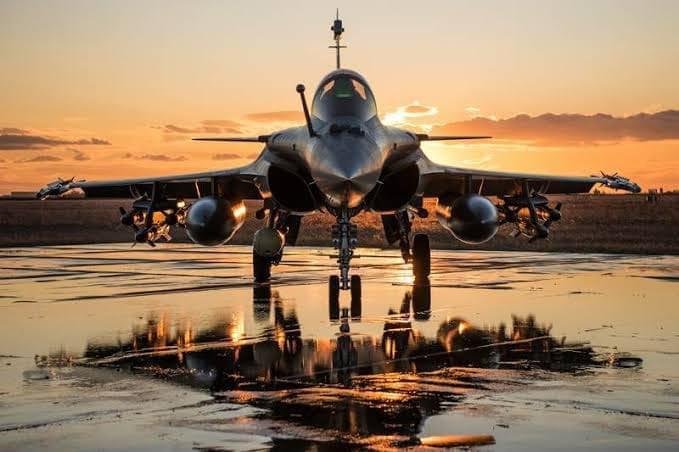Retired Wing Cdr PS Negi “IAF checkmated Pakistan” #Balakot


Since I have retired now, I can say that on that night I saw everything on the radar scope.
The radar screen was lit up with so many aircraft in that area. We jokingly called it Diwali for Pakistan!
Pakistani air defence was always alert and have deployed its AWACS air craft.
This Airborne Warning and Control System (AWACS) is basically a big aircraft on which a radar system is installed. so it works like airborne radar. Being airborne, its pick-up range is increased and its very difficult for attacking aircraft to evade detection.
At the same time Pakistani fighter aircraft too were in air for CAP (combat air patrol) mission. There were fully armed F-16 aircraft in the air, patrolling the Pakistani airspace. They flew in rotation, means when the fuel is up for one pair of CAP aircraft, the other formation will take off and takes its place.
But Indian Air Force commanders have not earned those higher ranks by cooling off their butts in air conditioned offices or playing golf. They are master tacticians. They studied all the movements of the Pakistani Air Force to know its pattern of operation. Very soon they found the cracks in their defense and planned accordingly to exploit those vulnerability.
The PAF had only one AWACS aircraft operational at that time. So it has to land after some time for refuelling and change of crews. The PAF has limited capability and cannot have large number of fighter aircraft flying CAP sorties 24×7.
This was the scenario IAF chose to exploit.
The Mirage-2000 were chosen to act as bomber and SU-30 MKI were to act as their escorts to ward off any enemy aircraft.
They flew from different airbases and met somewhere in the J&K region.
Their timings were synchronized in such a way that the offensive started only when the Pakistani AWACS had landed to refuel.
A few days before the ‘D’ day, IAF started flying aggressive sorties in Gujarat and Punjab area.
It was to deceive the PAF into believing that attack if any, would be in this sector.
The same tactic was carried out that night too and PAF CAP aircraft were lured towards Gujarat sector, far away from the direction of actual attack.
The Pakistani commanders never imagined that the attack would come from the J&K sector.
The IAF kept all the planning very hush-hush. The preparation took almost a month. There were more than 300 personnel involved across several bases, but nothing leaked out. There were pilots, engineering officers, technicians, non-combatant employees and civilian staff who had some wind of the mission. Everyone kept their lips sealed. The secret was kept successfully. Even families and friends of these personnel were not aware of it.
The IAF Chief later praised all these personnel for not only working day and night to make the mission successful, but also to keep the secret for so long.
On ‘D’ day, the IAF aircraft flew at the pre-decided time and started their circuitous route towards J&K. Refueller aircraft like IL-78 and our own AWACS were already in the air to support the mission aircraft.
All concerned airbases across North India were on high alert.
But only the top commanders knew what was going to happen.
The plan worked beautifully. The PAF CAP aircraft were engaged in the Gujarat sector and as soon as the Pakistani AWACS landed, the mission was a “GO’.
The Mirage and Su-30 flew full throttle and entered Pakistani airspace.
The target was covered in clouds but the Mirages were ready. They had accurate GPS coordinates of their target and they were using precision bombs. One by one the bombs flew away and hit the target accurately.
Now was the time to return home.
By now the Pakistani knew that they had been fooled by the IAF.
They scrambled their fighter aircraft, fired their anti-aircraft missiles, and filled the sky with fire from anti-aircraft guns.
By then, it was too late.
Our heroes successfully evaded all these threats and returned safely.
Since then many details are out in the open. The IAF has already awarded all the Mirage pilots who took part in that operation and a controller too.
The PAF was nowhere around to save Balakot.
The amount of planning and precision in execution required is phenomenal for such a large strike to enter enemy space undetected. To have the courage to risk so many aircraft for mission accomplishment is what makes IAF the force it is.
DISCLAIMER: The author is solely responsible for the views expressed in this article. The author carries the responsibility for citing and/or licensing of images utilized within the text.
